About This Orbit: Sydney King

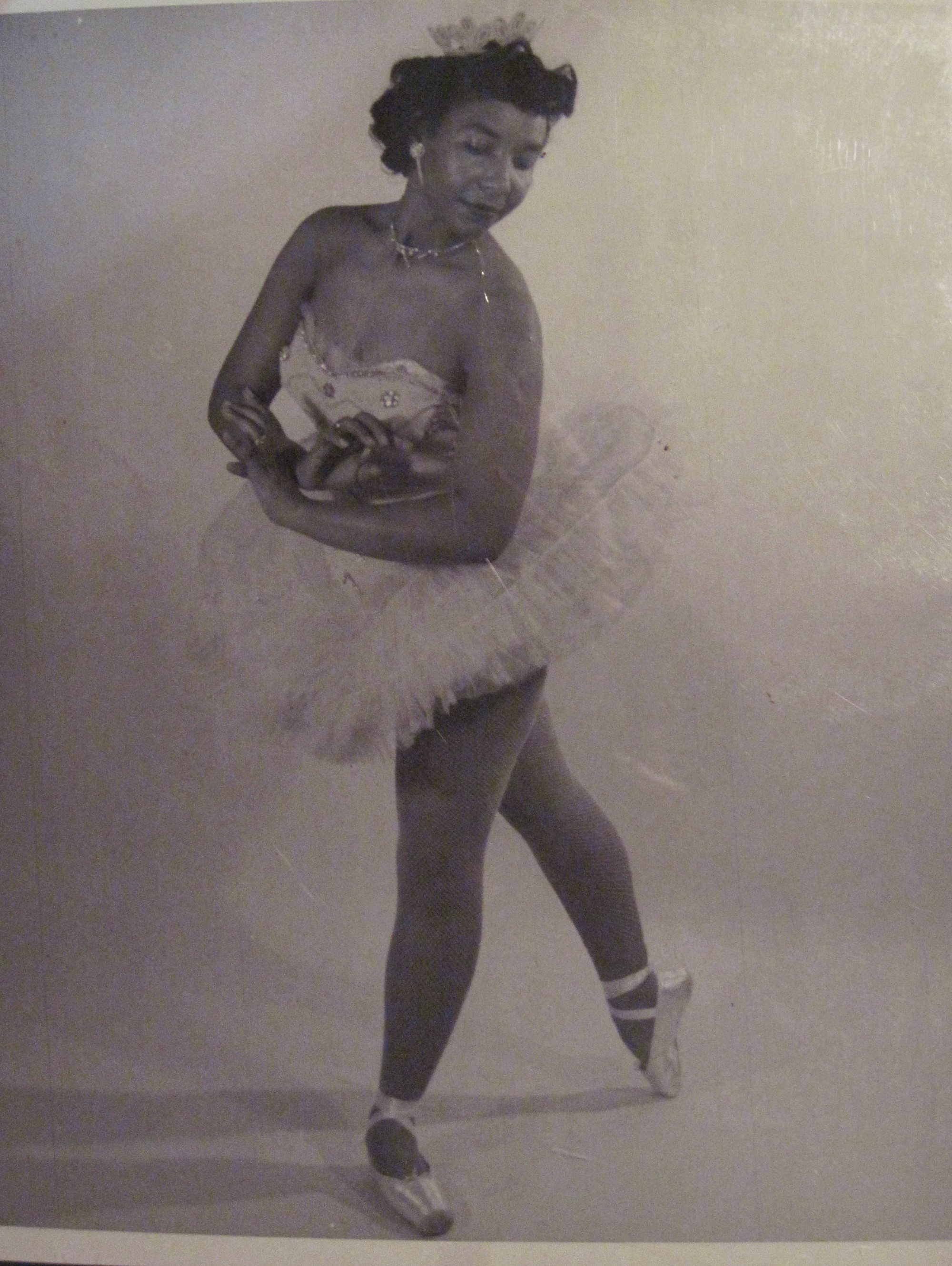 Sydney King immigrated to Philadelphia from Jamaica with her family when she was six years old. After beginning her training with Essie Marie Dorsey, King danced until she married in 1936 at age 19.
Sydney King immigrated to Philadelphia from Jamaica with her family when she was six years old. After beginning her training with Essie Marie Dorsey, King danced until she married in 1936 at age 19.
Essie Marie Dorsey
At age seven, King was a member of the inaugural class at the Essie Marie School of Dance, where, even at that tender age, she took classes every day. King excelled at ballet and would advance to become the lead ballerina of the school. But being Negro and too brown to pass for white, there was no higher level to which she could ascend.
Source:
Sydney King and Marion Cuyjet, MoBBallet
 The Sydney-Marion School of Dance
The Sydney-Marion School of Dance
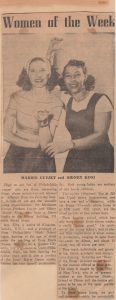 Equipped with the knowledge given to them by Essie Marie Dorsey and the desire to continue her legacy, Sydney King and Marion Cuyjet established the Sydney-Marion School of Dance in 1946. Their aim was to “offer dance as a means of social and cultural development” and to give young Black people the opportunity to train that was usually reserved for whites (White-Dixon 25). The school offered ballet, tap, acrobats, Dunham technique, folk dance, and ballroom dance.
Equipped with the knowledge given to them by Essie Marie Dorsey and the desire to continue her legacy, Sydney King and Marion Cuyjet established the Sydney-Marion School of Dance in 1946. Their aim was to “offer dance as a means of social and cultural development” and to give young Black people the opportunity to train that was usually reserved for whites (White-Dixon 25). The school offered ballet, tap, acrobats, Dunham technique, folk dance, and ballroom dance.The Sydney-Marion School lasted just two years due to Cuyjet and King’s “differences in management styles.” Regarding the split, Joan Myers Brown says this:
I don’t know if it was about color or if it was about the two ladies disagreeing. I know that all of us little brown girls stayed with Sydney and all the little light skin [daughters of] doctors and lawyers and all the so-called society girls went with Miss Cuyjet. That’s why I was surprised that she ended up with Delores [Browne]. She found them already trained in South Philadelphia at that Barrett Junior High School. Billy Wilson, Betsy Ann Dickerson, Barbara Harper, all of us stayed with Sydney.
King and Cuyjet went on to form their own schools: the latter established the Judimar School of Dance, which subsequently closed its doors in 1971, and the former started the Sydney School of Dance.
Sources:
Sydney King and Marion Cuyjet, MoBBallet
White-Dixon, Melanye. “The Legacy of Black Philadelphia’s Dance Institutions and the Educators Who Built the Tradition.” Dance Research Journal, vol. 23, no. 1, 1991, pp. 25–30. JSTOR, www.jstor.org/stable/1478695. Accessed 27 May 2021.
The Sydney School of Dance
After Sydney King and Marion Cuyjet parted ways, each established their own school. King opened the Sydney School of Dance, retaining the same Broad Street space that housed the Sydney-Marion School, which kept her in the Black community. The less adventurous King relied heavily on teachers she had been trained with or students like Joan Myers Brown who graduated to join the faculty. King had been the star “ballerina” of the Dorsey School and leaned heavily on her own knowledge to educate her students. Joan Myers Brown remembers:
I felt that Sydney was the better ballet dancer, the better ballet teacher. I know that I used to get to school early, and Miss Sydney, as we called her, would teach Miss Marion what she had to teach in her class. In fact, she taught Miss Cuyjet’s daughter her first dance solo. Sydney was the ballerina. But she didn’t have, as old people say, the gumption to move forward and push people and reach out and do more. I think she was satisfied with what she knew and what she could teach and what she could give. I think when they separated, then Marion pursued ballet more so than Sydney, ‘cause I think Sydney felt she had it.
In the school’s productions, King would perform feature roles alongside her students. Perhaps these extravagant productions ignited her unrequited dream of becoming a professional dancer, moving her to seize these moments to shine. Some felt as though she was in competition with them. King was a motherly, nurturing teacher. Yet, like some parents, she had difficulty letting her students go.
Sources:
Sydney King and Marion Cuyjet, MoBBallet
A teacher of grace and elegance, The Philadelphia Inquirer
White-Dixon, Melanye. “The Legacy of Black Philadelphia’s Dance Institutions and the Educators Who Built the Tradition.” Dance Research Journal, vol. 23, no. 1, 1991, pp. 25–30. JSTOR, www.jstor.org/stable/1478695. Accessed 27 May 2021.
Joan Myers Brown
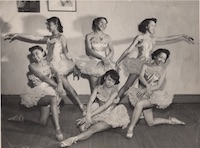
Joan Myers Brown received her training from Essie Marie Dorsey as well as from Marion Cuyjet and Sydney King at the Sydney-Marion School. After the schism between the two women, Myers Brown remained with King, alongside peers Betsy Ann Dickerson, Barbara Harper, and Billy Wilson.
Though she initially turned to King for help opening the Philadelphia School of the Dance Arts, Myers Brown recruited Cuyjet to assist in teaching and managing. Myers Brown says:
[King] wasn’t interested in me having a school of my own, so I went to Miss Cuyjet. She opened her books to me and told me the things that I should do to have a school of my own. That was surprising because I wasn’t her student. Marion was the only other person I knew that had a dance school in the Black community. I [asked] her, “What do you do?”….she showed me how she kept her books. I knew some things about production from working in show business, so I just used what I knew and what I could gather from them and keep moving.
Sources:
And Still They Rose: Joan Myers Brown, MoBBallet
And Still They Rose: The Legacy of Black Philadelphians in Ballet, MoBBallet
Philadelphia School of the Dance Arts
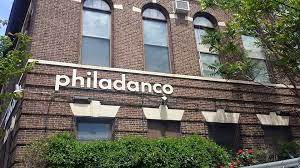
Joan Myers Brown received her training from Essie Marie Dorsey as well as from Marion Cuyjet and Sydney King at the Sydney-Marion School. After the schism between the two women, Myers Brown remained with King, alongside peers Betsy Ann Dickerson, Barbara Harper, and Billy Wilson. While a student, Myers Brown benefitted from teaching experience as King implemented a system in which advanced students taught the younger students. Also serving as a bookkeeper, cashier and studio manager for King to cover the cost of her classes, Myers Brown was able to learn about all aspects of running a business. She was then more prepared to start her own business—the Philadelphia School of the Dance Arts.
Source:
Billy Wilson
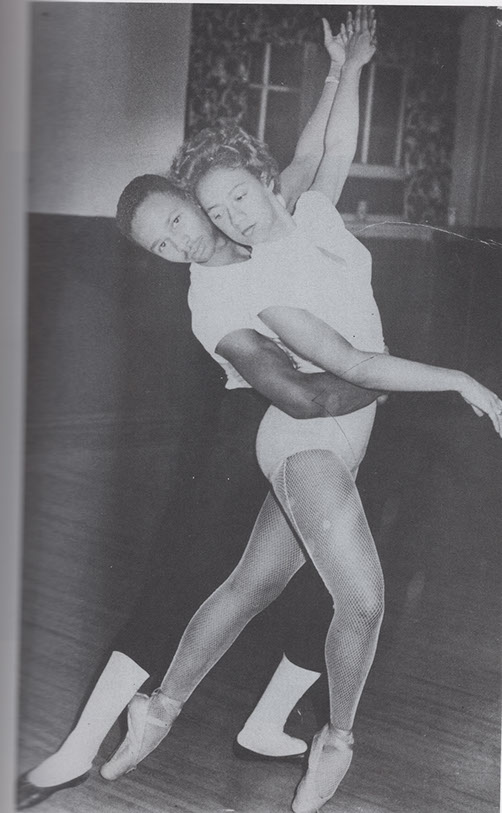
Billy Wilson originally trained under Sydney King and Marion Cuyjet, but, when the pair parted ways, Wilson, Betsy Ann Dickerson, Joan Myers Brown, and Barbara Harper all remained with King at the Broad Street studios in Philadelphia.
Alongside fellow Judimar students Delores Browne, John Jones, and Judith Jamison, Wilson also studied with renowned choreographer Antony Tudor.
Due to the connection he established with fellow student Myers Brown at Sydney King’s school, Wilson was later hired to choreograph for Philadanco, the company Myers Brown established in 1970.
Source:
John Hines
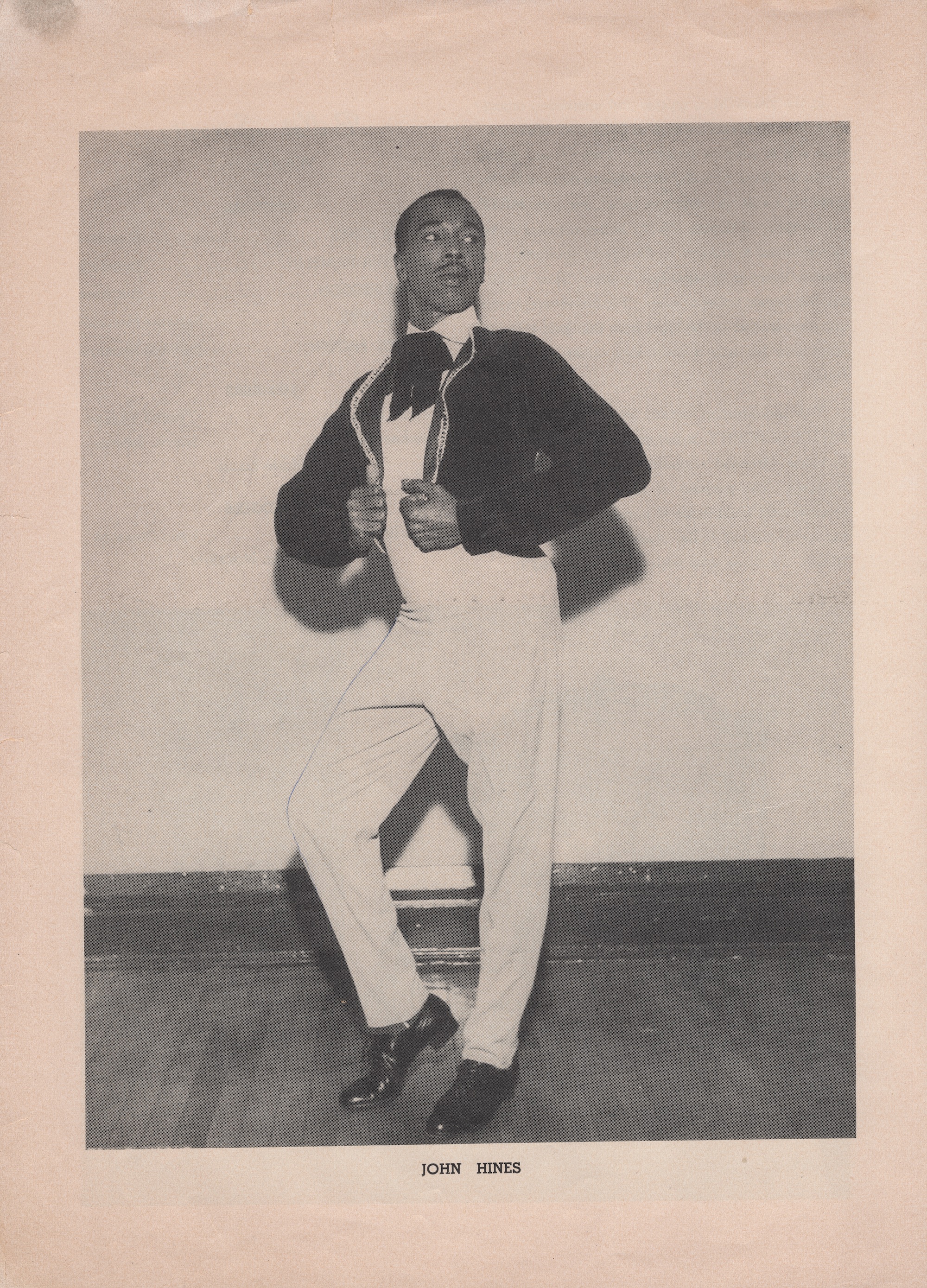
Sydney King, Marion Cuyjet, and John Hines, all pupils of Essie Marie Dorsey, developed a friendship that meant King and Cuyjet could travel to New York and learn new techniques to bring home to their students (as Hines performed with Katherine Dunham and was acquainted with teachers willing to educate the two women). It was Hines who introduced the pair to the Dunham technique; Cuyjet said this regarding her first encounter with the discipline:
Hines came to our studio one night with a tambour under one arm. Neither of us had seen him in quite some time. We were just getting ready to leave. He gave us a half hour session. We were so excited (White-Dixon 28).
After his experiences training and performing in New York, Hines returned to his hometown of Philadelphia, Pennsylvania. As a teacher at Judimar, Hines was considered a “local celebrity,” which drew men and boys to the school. Delores Browne said of Hines:
Mr. Hines was a very popular person. So we had more men in Judimar School than anybody in the country. We had 10 to 12 men at all times in the school. And that was from boys, from teenage boys to grown men, to young men. He was my first ballet partner in the recital.
Hines was hired to teach Dunham classes and to “direct” at the Judimar School. Though interest in the Dunham technique dwindled, Hines continued to teach Dunham-based African-Caribbean dance, the only instructor to do so during the late 1950s to the late 1970s (White-Dixon 29).
Hines was also a teacher of Judith Jamison, whose talents he recognized at the early age of six. His other students included Elmer Ball, John Jones, Carlos Shorty, and Donna Lowe.
Sources:
Sydney King and Marion Cuyjet, MoBBallet
And Still They Rose: Delores Browne, MoBBallet
And Still They Rose: Judith Jamison, MoBBallet
J. Hines Jr., dancer and instructor, The Philadelphia Inquirer
White-Dixon, Melanye. “The Legacy of Black Philadelphia’s Dance Institutions and the Educators Who Built the Tradition.” Dance Research Journal, vol. 23, no. 1, 1991, pp. 25–30. JSTOR, www.jstor.org/stable/1478695. Accessed 27 May 2021.
Richard Moten
Richard Moten, a former dancer with the Philadelphia Civic Ballet and Philadanco as well as a choreographer, “studied, performed, and taught in the dance culture created by Sydney King and Marion Cuyjet” (Gottschild 289). Moten also taught at the Philadelphia School of Dance Arts, the school established by Joan Myers Brown, a notable student of Sydney King.
Sources:
Planting seeds of nourishment for the arts, The Philadelphia Inquirer
Dixon Gottschild, Brenda, et al. Joan Myers Brown and the Audacious Hope of the Black Ballerina: A Biohistory of American Performance. United States, Palgrave Macmillan, 2016.
Betsy Ann Dickerson
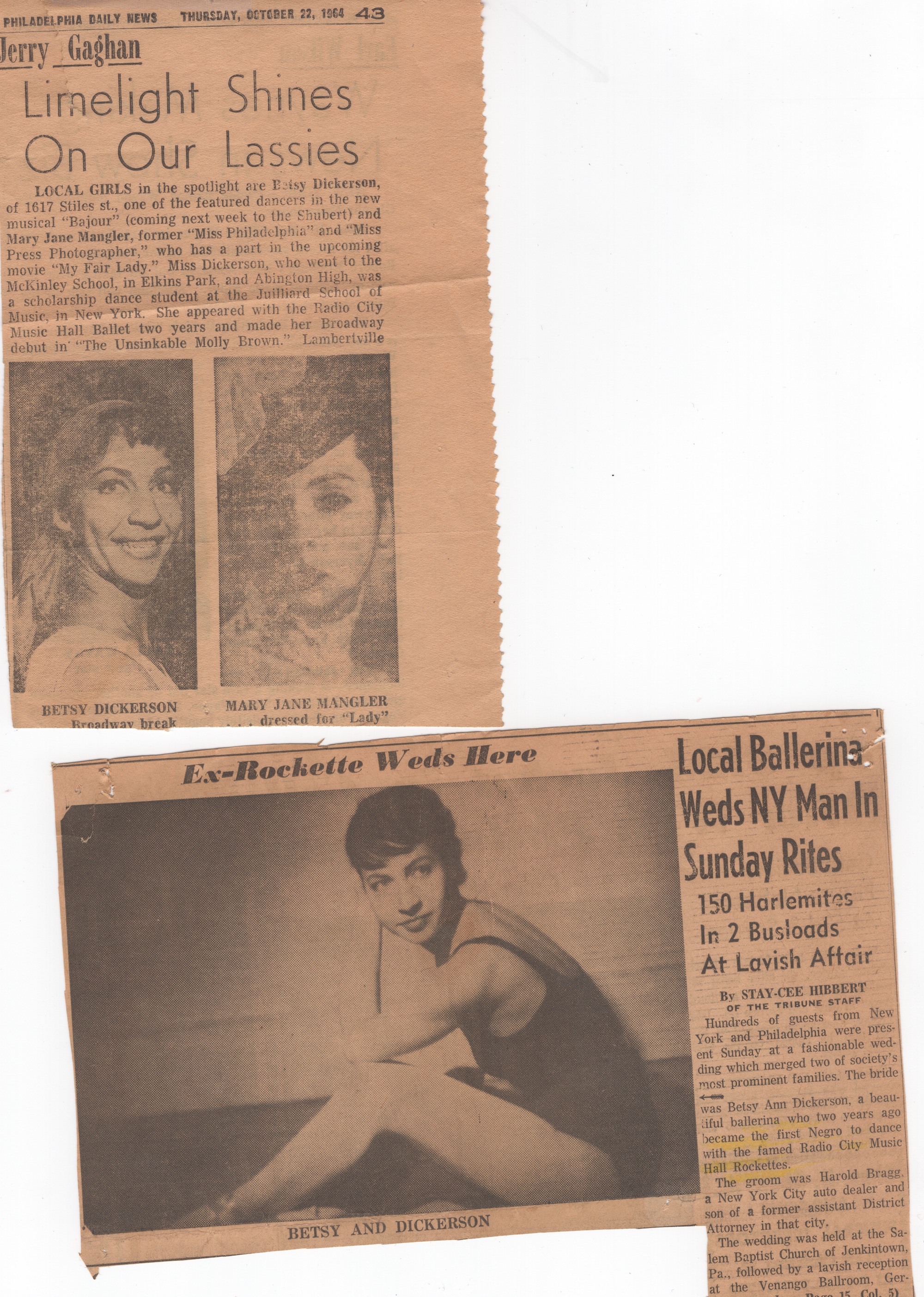
Betsy Ann Dickerson was born ca. 1940 and grew up in Philadelphia. She attended the McKinley School and Abington High School and received her dance training initially at the Sydney-Marion School under Sydney King and Marion Cuyjet. But when the duo split, Dickerson stayed with King alongside Billy Wilson, Joan Myers Brown, and Barbara Harper. Dickerson then trained at the Juilliard School on scholarship. An advertisement in The Bristol Daily Courier lists that Dickerson also studied at the Metropolitan Ballet and the Ballet Guild of Philadelphia.
Sources:
Sydney King & Marion Cuyjet, MoBBallet
Classic Black, Dance Magazine
Joan Myers Brown & the Audacious Hope of the Black Ballerina
Betsy Dickerson, Playbill
Converging Movements: Modern Dance and Jewish Culture at the 92nd Street Y, by Naomi M. Jackson
Betsy Dickerson, Ovrtur
Dance Classes Beginners & Advanced, The Bristol Daily Courier
Limelight Shines On Our Lassies, Philadelphia Daily News
And Still They Rose: Joan Myers Brown, MoBBallet
Dr. Eugene Wayman Jones
During the years when Sydney King and Marion Cuyjet were first operating their schools, there were no companies for Negro ballet performers, and they were not granted entry into white ones. In Philadelphia, advanced Negro ballet dancers existed in a sort of limbo, with little to no place to perform, essentially becoming professional class-takers with allegiances to schools. Within the Black communities, there were small opportunities at churches and local events. The consistency and the level could never compete with professional companies, but the Christmas Cotillions could stand toe-to-toe in scale and prestige. The largest and most prestigious were the Black Society Cotillions produced by Dr. Eugene Wayman Jones, founder of the Philadelphia Cotillion Society and the North City Congress and producer of the gala events held at the Convention Hall. These were lavish events with high profile honorees including Marian Anderson (1949), Ralph Bunche (1950), Eleanor Roosevelt (1952), Pearl Buck (1956), and Martin Luther King Jr. (1957). Jones enlisted prominent dance schools to provide entertainment, accompanied by the Philadelphia Orchestra.
The Sydney King School of Dance and the Judimar Schools collaborated in choreographing full-length story ballets: Frozen Fire (1950), Blue Venus (1954), and The Prince and the Rose (1956). (At age 15, Judith Jamison debuted as Myrtha in Giselle.) The productions were extravaganzas with sets, costumes, props, and even live animals courtesy of the Masonic Hall. These events brought the two schools head-to-head in not-so-subtle competition. Each would create their section separately and then integrate them with just a few hours of rehearsal. Everyone from the most advanced to the beginner students had a role.
Although Cuyjet would study and take class with her students to improve her pedagogy, during these productions she would let them take the spotlight on the stage. King, on the other hand, would perform featured roles alongside her students in their productions. Perhaps these performances ignited her unrequited dream of becoming a professional dancer, moving her to seize these moments to shine.
Source:
Sydney King and Marion Cuyjet, MoBBallet
Philadelphia Ballet Clubs
Several students of both Sydney King and Marion Cuyjet got their start in ballet clubs hosted by their junior high and high schools.
Delores Browne began dancing at a ballet club run by Miss Weir, a teacher who had previously taken ballet and wanted to be a dancer. Twice a year, the club would put on a performance. It was in one of their productions—her first spring concert—that Browne was given the opportunity to train at a more serious level. While dancing the title role in Cinderella, Browne was discovered by Cuyjet, who offered her a scholarship and taught her for years. It was ballet club that provided an outlet for Browne’s innate love of performing and gave her the chance to make her desire to dance a reality.
Joan Myers Brown, a student of Essie Marie Dorsey, Cuyjet, and mainly King, was asked to join her school’s all-white ballet club. Brown’s gym teacher, Mrs. Lingafelter, a member of the Littlefield Ballet and a gym teacher, served as the ballet instructor of this class and noticed potential in the young girl. Brown says of this experience, “I don’t think she was thinking of color; I think she was thinking of ability.” Though Brown was the only Black student in the group, this experience introduced Brown to the world of ballet.
Sources:
Sydney King and Marion Cuyjet, MoBBallet
Delores Browne on Dance Clubs in Philadelphia Schools (video)
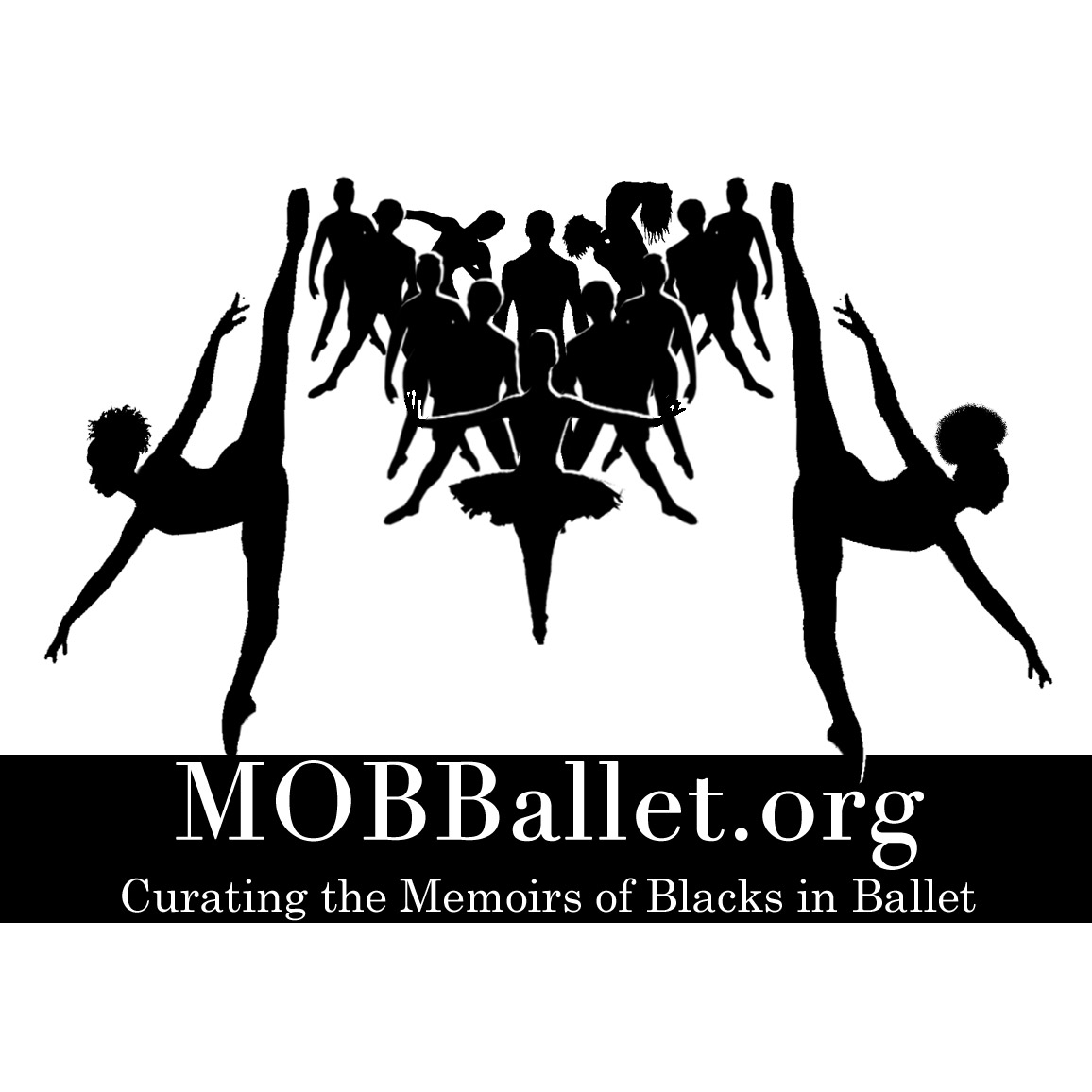
Written and/or compiled by Mad Crawford

